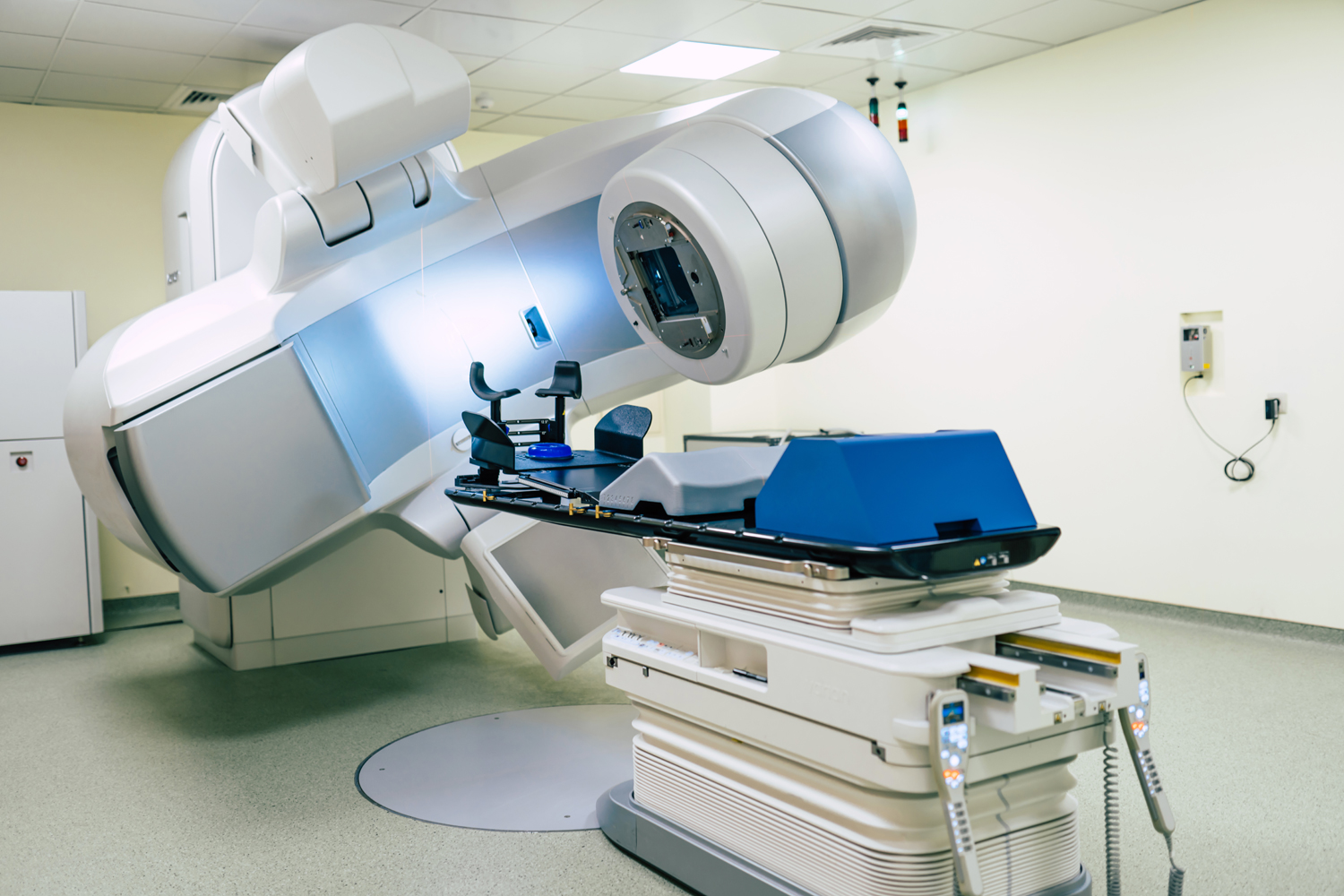Every week, the editors of Cancer Today magazine bring you the top news for cancer patients from around the internet. Stay up to date with the latest in cancer research and care by subscribing to our e-newsletter.
Radiation Might Not Be Needed for Some Breast Cancer Patients
A recent phase III clinical trial suggests that many older breast cancer patients might not need radiation after surgery to treat the disease. Radiation has long been used to reduce the risk of cancer recurrence in patients who have undergone breast-conserving surgery, or lumpectomy, although patients experience burdensome side effects. For the study, published in the New England Journal of Medicine, researchers recruited 1,326 women 65 and older whose tumors were up to 3 centimeters wide and hormone-receptor positive. Half of the patients received radiation after surgery, and the other half did not, although most of the patients underwent five years of endocrine therapy to reduce recurrence risk. The overall survival rate for the two groups after 10 years was 80%, said clinical oncologist Ian Kunkler of the University of Edinburgh in Scotland and the lead author of the study. “That’s an important finding—no compromise in overall survival,” Kunkler told STAT. There was also no difference in metastasis to areas other than the breast, but radiation lowered cancer recurrence in the same breast, with a 0.9% risk of recurrence in women undergoing radiation and a 9.5% risk in the women who did not receive radiation. Also, forgoing radiation had a larger impact when patients had weaker estrogen receptor expression or when the estrogen receptor was not present on cancer cells. For these patients, 19.1% saw their cancer recur in the same breast after 10 years.
Effective Bladder Cancer Drug in Short Supply
Patients treated for bladder cancer with Bacillus Calmette-Guérin (BCG), a lifesaving biologic drug, are experiencing a shortage of the treatment. A new report published by the End Drug Shortages Alliance estimates that more than 8,300 patients a year in the U.S. are not receiving the full BCG treatment. In 2023, about 83,000 cases of bladder cancer will be diagnosed in the U.S. and about 17,000 people will die of the disease, according to the American Cancer Society. The standard of care is for patients to receive BCG weekly for six weeks and continue treatments monthly for at least six to 12 months after that. The lack of access has led some medical centers to split doses or use other treatments that are more expensive and less effective. Four of 20 centers surveyed said they couldn’t give patients BCG at all. The shortage has occurred despite a ramping up in production by Merck, the sole manufacturer globally. A spokesperson for Merck told CNN that the company increased production of the drug by 200% between 2012 and 2019 and has been producing it “to the full extent of manufacturing capacity over the past several years.” Bladder cancer has a 30% to 40% recurrence rate, said urologist Benjamin Davies of the University of Pittsburgh Medical Center, a spokesperson for the American Urological Association. “That’s a very high recurrence rate,” he said. “It’s a nasty disease.”
Neighborhoods Could Affect Cancer Outcomes in Kids
Researchers from Rutgers University in New Jersey found that the neighborhood a child lives in has an impact on outcomes from cancer and cancer care, and the correlation between neighborhood and cancer outcomes increases as children grow older. The analysis was published in Cancer Nursing using medical data from patient databases in nine states that included patients’ ZIP codes. Researchers matched racial demographics and health outcomes for nearly 25,000 children treated for cancer with the Child Opportunity Index (COI), a measure of neighborhood quality using metrics such as education level, environment and socioeconomic resources. Significant differences in home COI existed for white, Hispanic and Black children. The average COI score for white children was 60, for Hispanic children, 36, and for Black children, 33. Overall, researchers found that 32% of white children, 36% of Hispanic children and 37% of Black children had potentially life-threatening complications listed on their hospital discharge records. But when comparing cancer outcomes of children of different races who live in similar neighborhoods, they found no significant difference between white and Hispanic children and a small difference between white and Black children. “There are many location-related factors that could be a causal factor for complications,” said oncology nurse practitioner Beth Savage of the Rutgers University School of Nursing in Newark, New Jersey, a lead author of the study, in a Rutgers media release. “To use one example, stress can damage health, and stressors like crime, air and noise pollution, or poor-quality housing are more common in economically challenged neighborhoods than rich ones.”
Cancer Today magazine is free to cancer patients, survivors and caregivers who live in the U.S. Subscribe here to receive four issues per year.





